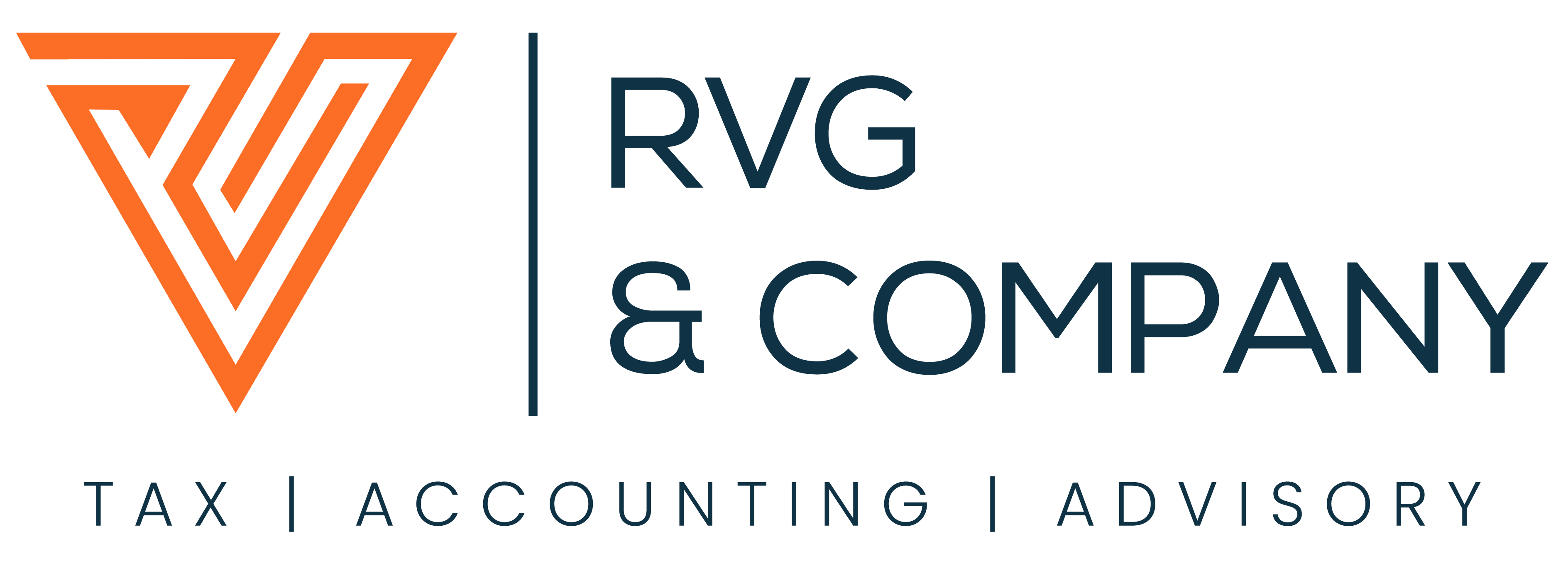
Individual Estimated Taxes
This article provides an overview of estimated tax payments that must be paid when income is earned from sources that do not withhold taxes. It also outlines the IRS safe harbor estimated tax payments that can be made to avoid penalties and interest related to the underpayment of estimated taxes.
When to Make Estimated Tax Payments
The IRS requires taxpayers to pay their taxes as they earn income. If a taxpayer earns income or a salary from an employer, income taxes are withheld from their paycheck. In addition to income taxes, the employer also withholds Social Security and Medicare taxes. It should also be noted that state and local income taxes will be withheld if the employee is based in a state that imposes an income tax.
Taxpayers that expect to owe more than $1,000 in additional income tax from sources that did not withhold taxes must make estimated tax payments.
Examples of income that are generally not subject to withholding taxes include self-employment earnings, interest, dividends, capital gains, rents, unemployment compensation, and gig economy earnings. As a result, taxpayers with these types of income must carefully consider making estimated income tax payments if these earnings will result in $1,000 or more of income. If a taxpayer has self-employment earnings, they must also pay Social Security and Medicare with the estimated income tax payment.
Due Dates for Estimated Taxes
Estimated taxes are paid quarterly, these are the due dates:
First Quarter – April 15
Second Quarter – June 15
Third Quarter – September 15
Fourth Quarter – January 15
Safe Harbor Payments
The IRS provides safe harbor methods for calculating estimated tax payments. If a taxpayer follows these guidelines, they will not be subject to penalties and interest if they owe additional tax when they file their tax return.
If a taxpayer’s adjusted gross income was less than $150,000 during the prior tax year (2020) then a taxpayer can make quarterly estimated payments that total the smaller of 100% of their tax liability from last year or 90% of what they expect to owe this year in 2021. If a taxpayer’s adjusted gross income was over $150,000 last year, then they have to pay 110% of the tax they owed last year.
The $150,000 threshold applies to married couples filing jointly and to single filers (the threshold is $75,000 for taxpayers that are married and file separate returns).
Taxpayers can subtract any Federal taxes that are withheld from other sources such as salaries or retirement benefits from estimated tax payments. Additionally, if a taxpayer had an overpayment last year that amount can be applied to the current tax. Remember, the goal is to have total payments to the IRS that equal either 100% of the tax owed last year or 90% of the tax liability for the current tax year.
Estimated Self-Employment Taxes
Taxpayers that earn income from self-employment, such as, from a business, consulting, or freelance work, may be subject to self-employment tax. Self-employment tax consists of two parts – the Social Security and Medicare taxes. These taxes are imposed upon 92.35% of self-employment income.
When an individual works for an employer, the Social Security and Medicare taxes are withheld from their paychecks. In addition to this, the employer matches the amount of tax paid by the individual employee to both programs.
For the 2021 tax year, the Social Security tax is assessed at a rate of 14.4% and the Medicare tax rate is 2.9%.
The Social Security tax is only assessed on the first $142,800 of earned income. Unlike Social Security tax, there is no income cap for the Medicare tax. The 2.9% rate applies to all earned income. In addition, high-income individuals pay an additional Medicare tax, at a rate of 0.9% for any income above $200,000 (single filers) or $250,000 (married filing jointly).
The self-employment tax rate structure for 2021 is:
15.3% on the first $142,800 in net self-employment income
2.9% on any net self-employment income above $142,800.
How to Pay Individual Estimated Taxes
Estimated income tax and self-employment tax for Social Security and Medicare taxes are all paid with form 1040-ES on a quarterly basis as noted above.
How RVG and Company Can Help
If you need advice or assistance to determine whether, and/or how much estimated tax should be paid, please contact RVG & Company today.
